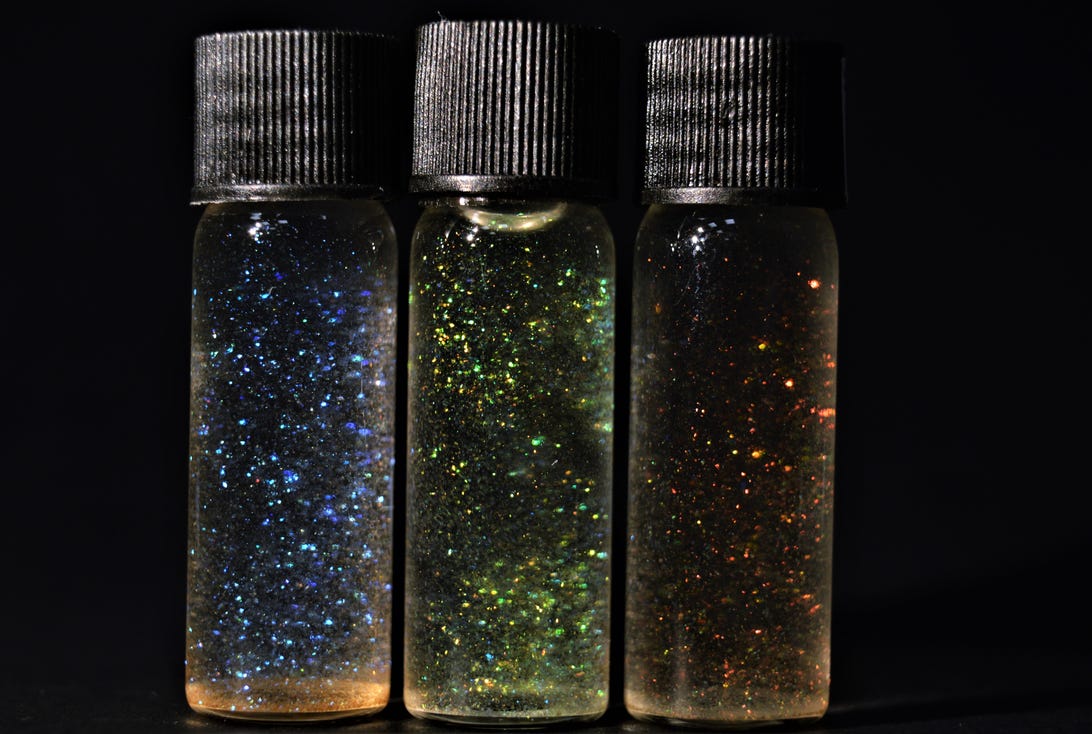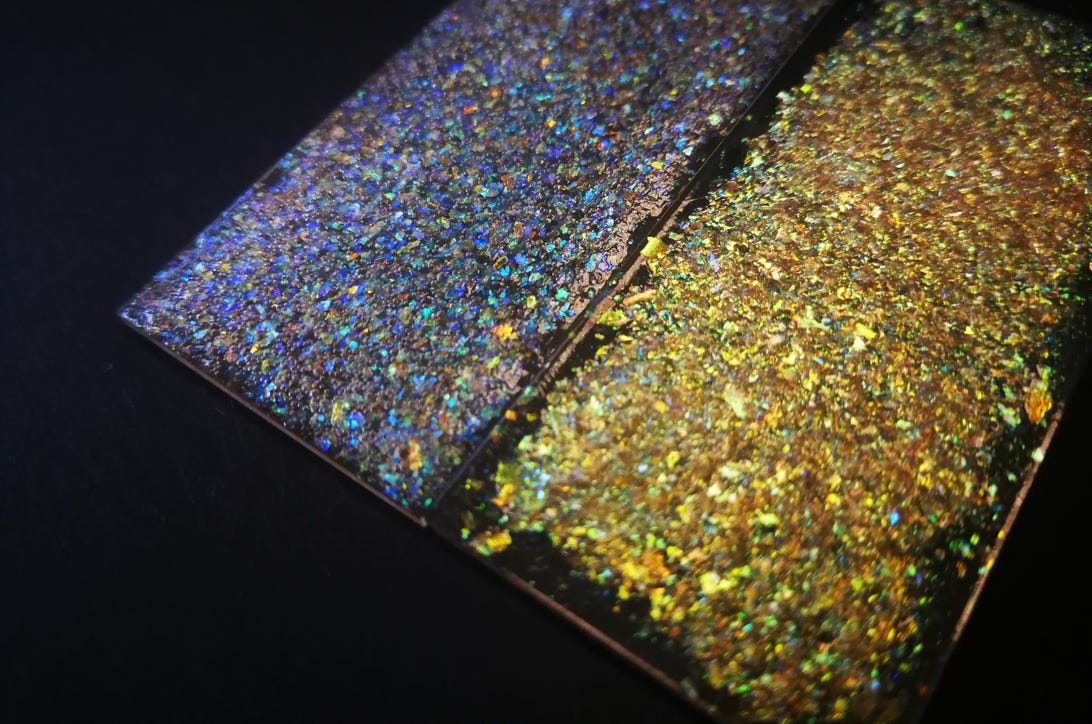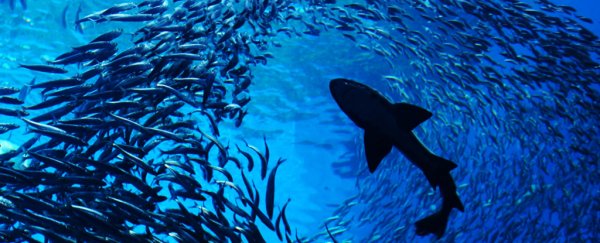Fairy Creek protesters vow to stay in the woods, despite bad weather and court injunction
Police continue enforcement of a temporary injunction
allowing logging work to take place
About two dozen vehicles line the paved road that connects Port Renfrew to Lake Cowichan, on southwestern Vancouver Island.
Many are old camper vans, sporting bumper stickers about saving the old growth forest. Soggy rain gear hangs from tailgates and side view mirrors.
They're parked where a logging road meets the main road, and it's that logging road protesters have been blockading regularly since the spring. There's a big orange gate blocking the road, and it opens only for police and logging vehicles.
On Wednesday, a surprisingly dry day, the gate is opened for a police van containing people who have just been arrested for allegedly breaking an injunction. The arrestees bang on the inside of the van walls as it passes, and people seated in tents along the road cheer.
Right now, there is a temporary injunction in place, banning protesters from blocking logging industry work. The original injunction was granted in April to Teal Jones, the logging company that owns the rights to harvest in the area.
In September, a B.C. Supreme Court justice refused to extend the injunction, ruling in part that the actions of police meant that an extension would harm the court's reputation.
Justice Douglas Thompson wrote that while police have, for the most part, acted responsibly, there are instances where they used unreasonable force and displayed other behaviour that reflected poorly on the court.
Teal Jones immediately filed for appeal and were granted a temporary injunction until the appeal is heard on November 15 and 16.
In the meantime, police continue to enforce the injunction, arresting eight people between Nov. 5 and 12. There have been 1,168 arrests since enforcement began in May.
Fewer protesters at the camps
Protesters at the camp say confusion about the injunction is one of the reasons their numbers have shrunk over the fall, along with news of coming old-growth logging deferrals.
Shyanne Gunville from Pemberton said the time of year is a factor too. University students who spent the summer at the camps are now back in class, and the wind, rain and hail have driven others away.
But Gunville says she's not going anywhere.
"Definitely, we pray for these [days]. We have a dry day today, I've got my rain gear drying as much as I can," she said.
She says there's a community of support at the camp and everyone is prepared to tough out the winter.
As she explains this to a reporter, people with backpacks and sleeping mats head up the logging road on foot to take turns in the camps they say they have sprinkled in the woods.
While police are still enforcing the injunction, Gunville and others say the tension has dropped.
Charlotte Jones, a Haida woman who comes out to the protests camp on a regular basis from her home in Victoria, describes the scene as "chill."
"Before, they'd usually ask us for ID, check our bags," Jones said of police. "But now, they're not doing anything."
Sgt. Chris Manseau speaks for B.C. RCMP and says enforcement levels haven't changed, but there are fewer arrests because there are fewer protesters. The injunction doesn't ban people from using the road, just from stopping logging activity.
There may be less tension between police and protesters, but Gunville says it remains between protesters and the logging company's workers.
"I just experienced that on my way down —15 people yelling at me, yelling profanities, and our friends were [subjected to] death threats yesterday a couple of times as well," she said.
Conrad Browne, the director of indigenous partnerships and strategic relations for Teal Jones, said he had not heard of that particular incident, but he's not surprised there's tension.
Browne says the company regularly asks its employees and contractors to be respectful, but after more than a year of protests and disrupted work, some loggers are frustrated.
He said there's a "laundry list" of instances where protesters have provoked loggers, including times they've hidden in cut blocks and jumped out to startle tree fallers. He argues that's a safety issue, in addition to the financial harm protest actions have on the company.
Next week, Teal Jones will try to convince a judge to extend the injunction. Protesters say they're not going anywhere either way.
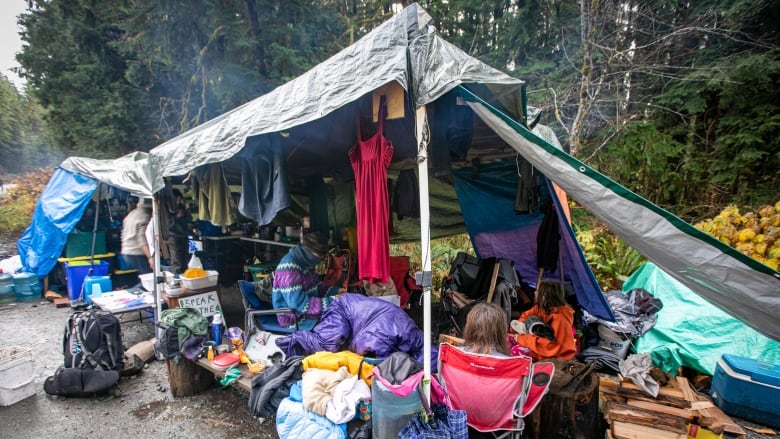







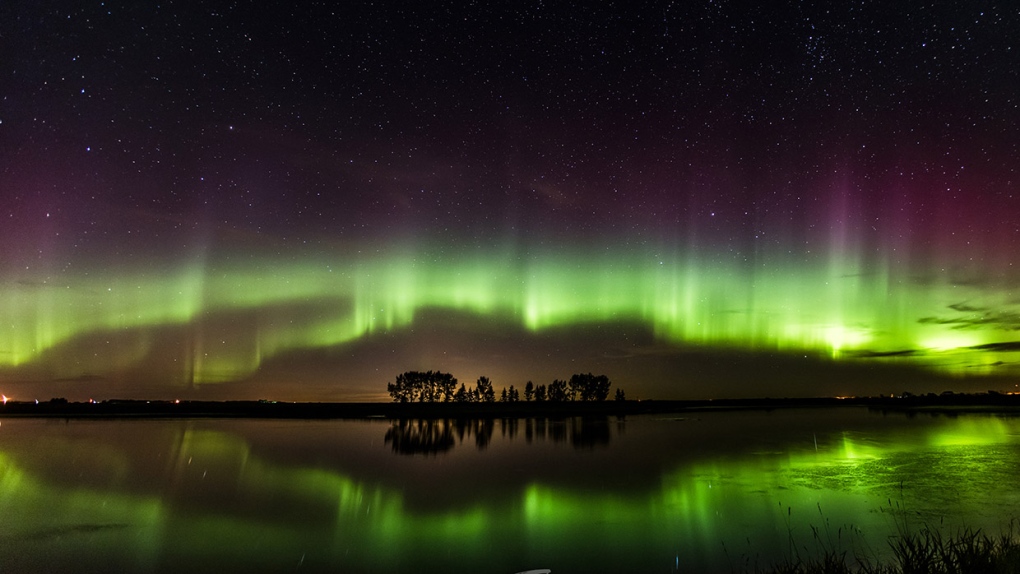
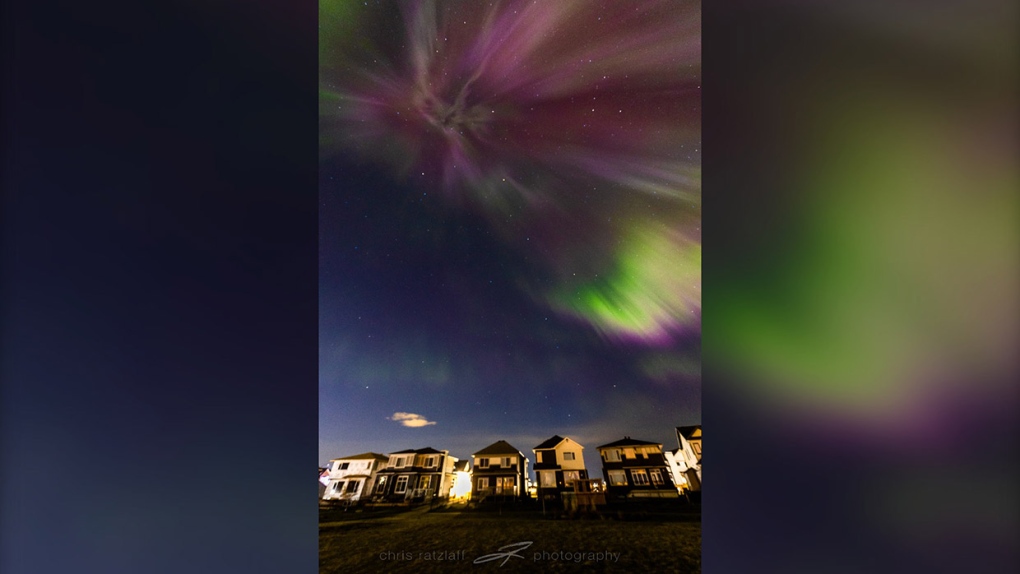
/https://www.thestar.com/content/dam/thestar/news/investigations/2021/11/12/trickery-and-bad-faith-the-ontario-government-approved-new-mining-permits-using-a-map-a-local-first-nation-says-is-outdated-and-inaccurate/_01_grassy_map.jpg)
/https://www.thestar.com/content/dam/thestar/news/investigations/2021/11/12/trickery-and-bad-faith-the-ontario-government-approved-new-mining-permits-using-a-map-a-local-first-nation-says-is-outdated-and-inaccurate/_03_wabigoon_river.jpg?resize=708%2C472&ssl=1)


